August 7, 2025
Astronomers observing the path of the interstellar comet 3I/ATLAS have identified a strange and unexpected phenomenon: a faint but persistent glow positioned ahead of the comet’s motion through space. Captured by the Hubble Space Telescope, this diffuse glow is unlike the typical backward-facing tails seen in most comets observed within our solar system.
This mysterious observation has ignited intrigue among scientists and space enthusiasts alike, as it challenges traditional comet behavior and raises new questions about the nature of interstellar objects.
What Makes This Comet Unique?
Interstellar comet 3I/ATLAS, currently speeding through our solar system on a hyperbolic trajectory, is only the third known object of its kind—originating from beyond our solar neighborhood. Unlike traditional solar system comets that display tails pointing away from the Sun due to solar radiation and wind, ATLAS exhibits a soft, glowing haze that appears ahead of its direction of travel.
This “forward glow” is perplexing. Comet tails are usually a result of sublimating ices, which eject gas and dust away from the nucleus, creating the familiar stream behind the object. But in the case of 3I/ATLAS, the brightest dust emission appears to lead the comet, defying standard expectations.
A Rotation-Driven Mystery
Researchers suggest that the unusual behavior may be tied to the comet’s slow rotation. With a rotation period of roughly 16 hours, one hemisphere of the comet remains exposed to sunlight for long durations. This sustained solar heating could trigger continuous dust emission from that side of the nucleus, projecting dust ahead of the object as it tumbles through space.
Over time, this creates a glowing cloud of particles in front of the nucleus—giving the appearance of a forward-facing tail. While unconventional, this explanation offers a plausible reason for the rare phenomenon and could help expand our understanding of how comets behave in interstellar environments.
No Signs of Gas Activity
Adding to the mystery is the lack of detectable gas emissions. Most comets release volatile compounds such as carbon monoxide or cyanogen when heated by the Sun, producing characteristic emissions that can be measured from Earth. In the case of 3I/ATLAS, however, observations have yet to detect any such gases, suggesting that the comet may be unusually dry or composed of materials not typical of solar system comets.
This absence of gas raises questions about how the observed dust is being ejected, as gases typically play a key role in transporting dust particles away from a comet’s surface.
Implications for Interstellar Science
The discovery of this forward-facing glow adds to a growing body of knowledge about interstellar visitors. Since the detection of the first such object, ʻOumuamua, in 2017, scientists have worked to understand how interstellar bodies differ from native solar system objects.
3I/ATLAS offers a rare opportunity to study material that originated in another star system, possibly shedding light on how planetary systems elsewhere form and evolve. The unexpected glow observed ahead of ATLAS may be a clue that interstellar comets carry different surface properties or internal structures compared to their solar counterparts.
What Comes Next?
Astronomers plan to continue observing 3I/ATLAS as it approaches the inner solar system, hoping to gather more data on its behavior and composition. Future studies may rely on both ground-based telescopes and powerful space observatories like the James Webb Space Telescope to analyze its thermal and infrared characteristics in greater detail.
As this unusual traveler continues its journey past our Sun and back into deep space, it leaves behind not only a trail of dust—but also a trail of questions that scientists are eager to follow.






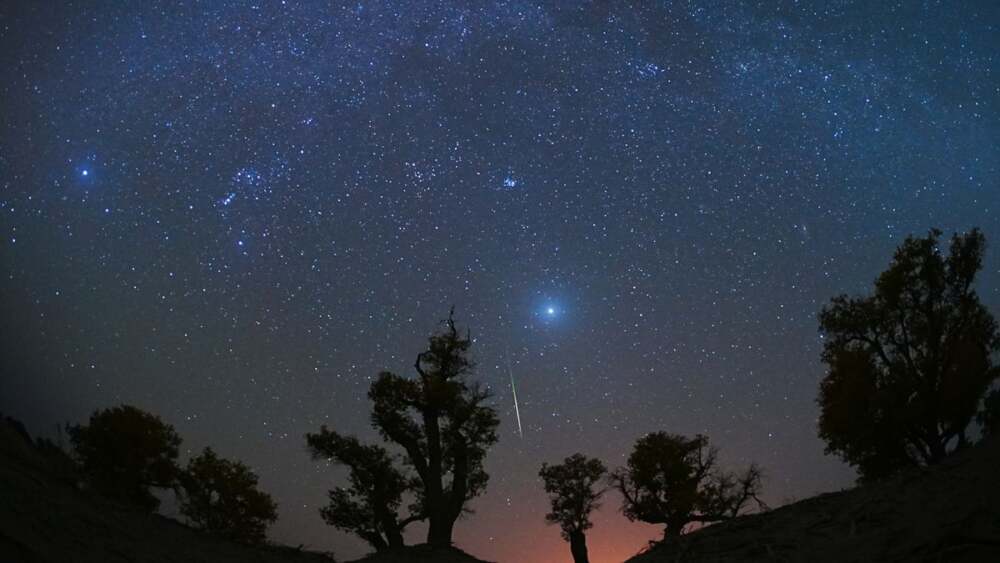

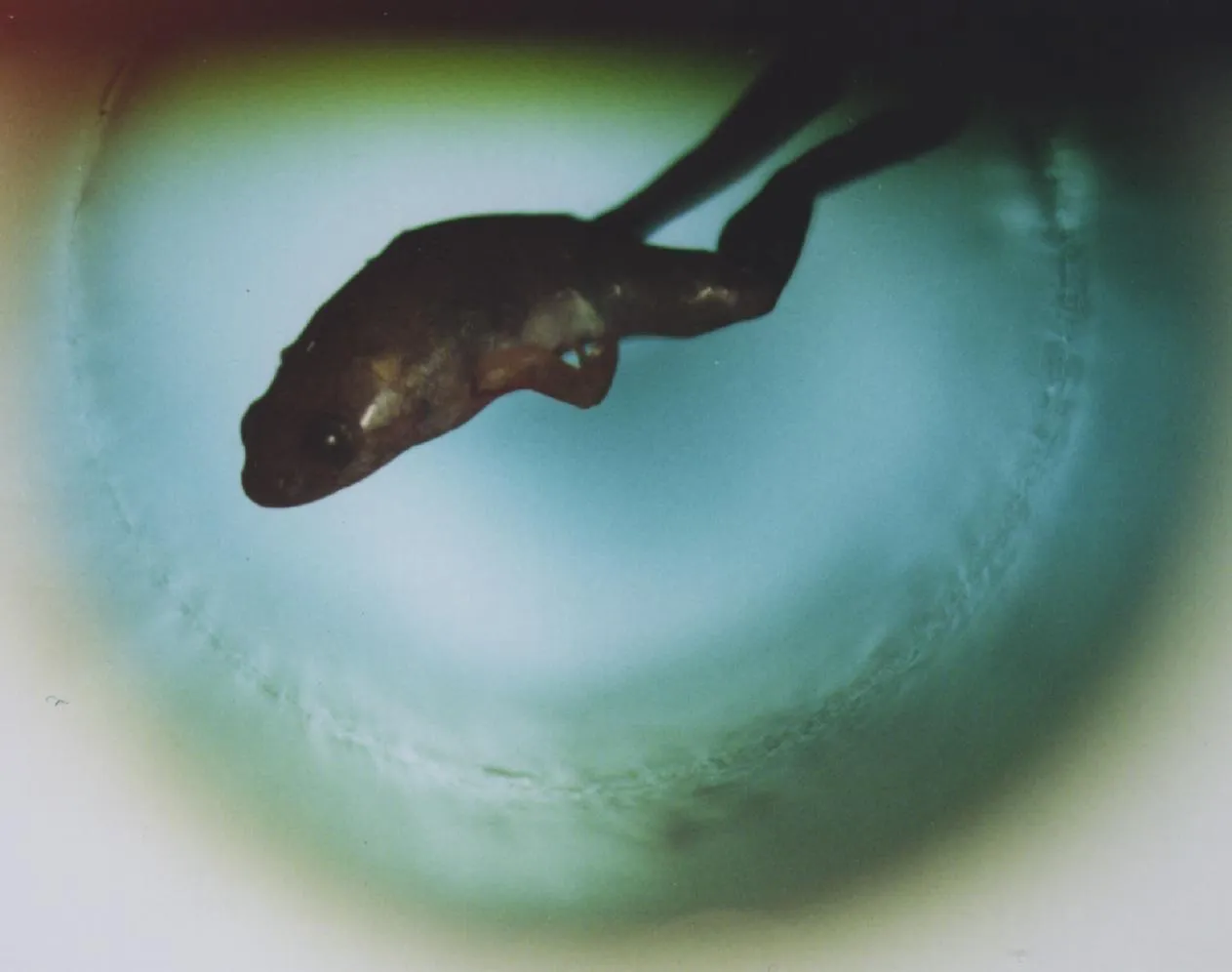
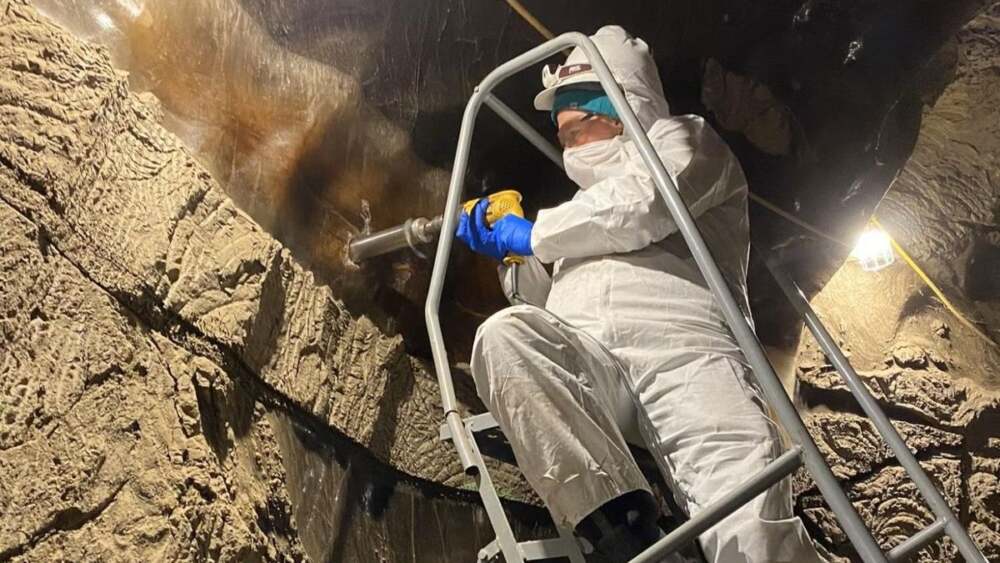
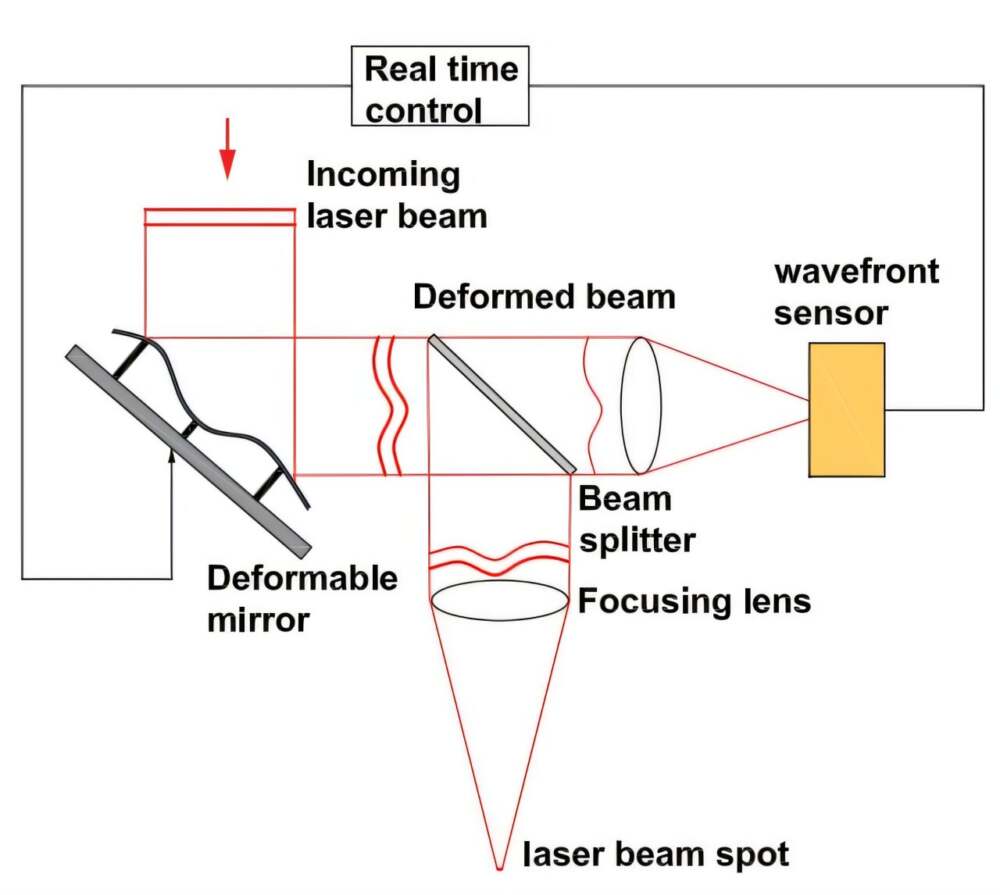
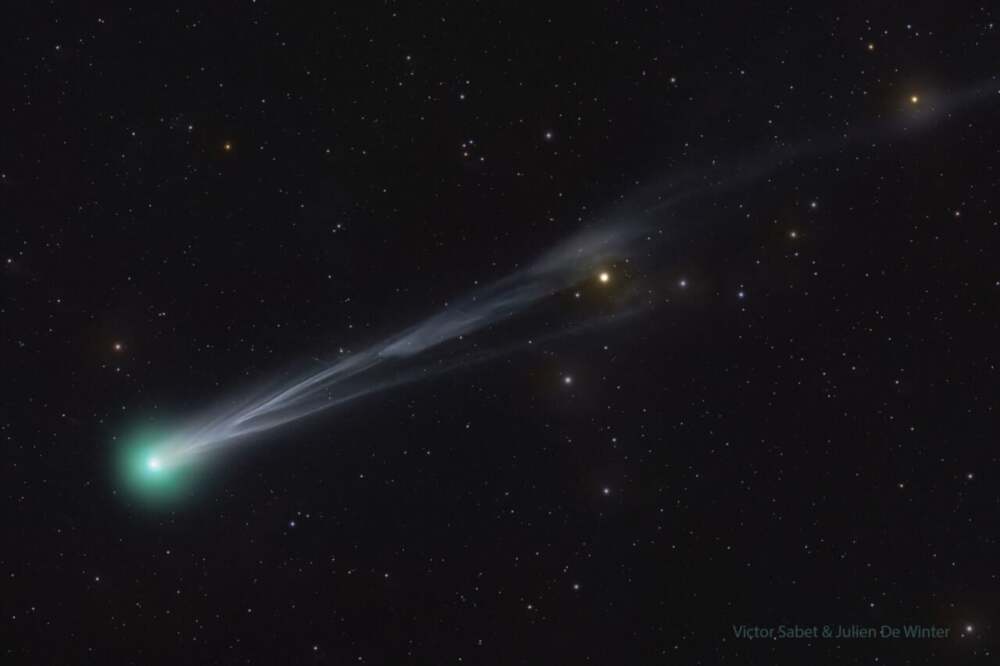




Leave a Reply